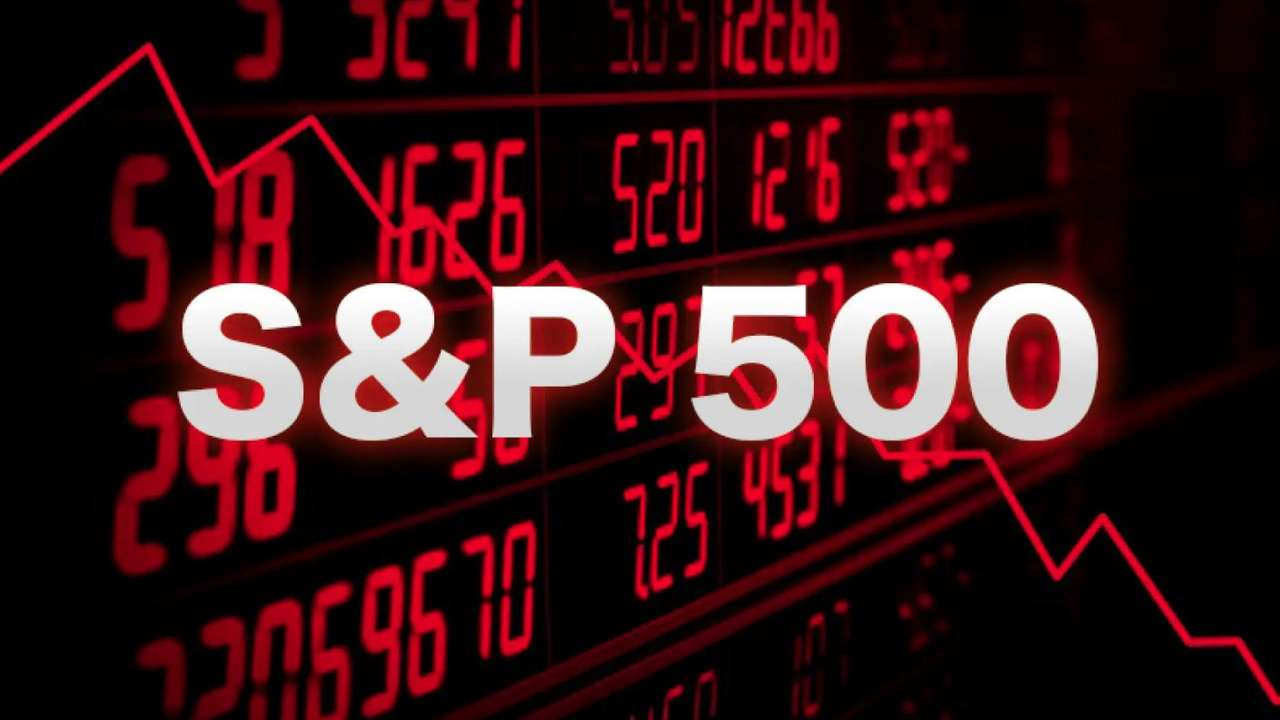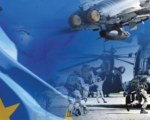October has historically been a month of market jitters, with many expecting a bumpy ride. But this year, the S&P 500 continues its steady climb, hitting record highs with little sign of the feared volatility. As of now, the index has logged 45 new record highs in 2024, defying concerns about a potential pullback due to factors like rising bond yields, higher inflation, and economic uncertainty.
At the start of the month, many analysts anticipated that October could bring about a correction, spurred by ongoing macroeconomic challenges such as a possible recession, lingering inflation pressures, and higher jobless claims. But so far, the market has been resilient. Investors seem unfazed by these risks, and the S&P 500 has maintained its upward trajectory, buoyed by positive earnings reports, Federal Reserve rate cuts, and the overall strength of the U.S. economy.
Market Fundamentals Remain Strong
The current rally can be attributed to several key factors. Inflation has been cooling faster than the broader economy has slowed, and while interest rates remain elevated, the Federal Reserve has signaled the start of rate cuts, creating a more favorable environment for growth. Historically, markets respond positively to the early stages of rate cuts, provided a recession does not immediately follow.
Furthermore, GDP growth has exceeded expectations, and credit markets are performing well, suggesting underlying economic strength. These conditions have led many investors to remain bullish, hoping for a post-election year-end rally, despite the typical seasonal volatility seen in October.
The 21-21-21 Market Phenomenon
One of the key trends analysts have noted this year is the so-called 21-21-21 market: the S&P 500 is up 21% for the year, with a price/earnings ratio above 21, and the Cboe Volatility Index (VIX) hovering near 21. This rare combination signals strong performance, and the 21.9% gain thus far makes 2024 the best performing year for the index since 1997.
The rally has been broad-based, with gains spreading beyond the large-cap tech stocks that dominated the first half of the year. Since June 30, the equal-weighted S&P 500 has gained 9.5%, outpacing the more tech-heavy Nasdaq 100, which has risen just 3.1% in the same period. This shift reflects a more balanced market, with investors taking a more discerning approach to stock selection.
High Valuations, but No Immediate Risk of a Pullback
Despite the strong performance, there are signs that the rally could be reaching a peak. The S&P 500’s forward price-to-earnings ratio is currently at 21.8, which is higher than historical averages and suggests that the market is fully valued. In the past, valuations this high have been difficult to sustain, except during periods of extreme market euphoria like the dot-com boom or the pandemic bull run.
However, while high valuations may limit long-term returns, they do not necessarily imply an imminent correction. As long as corporate earnings continue to grow and the Fed remains in easing mode, the market can continue to climb. According to FactSet, third-quarter earnings are projected to grow by around 7% annually, and the outlook for future quarters remains optimistic.
Unusual Volatility
One of the most striking features of the current market is the elevated level of the VIX, which measures expected volatility in the S&P 500. Despite the index hitting new highs, the VIX remains near 21, which is unusually high for a rising market. Typically, a low VIX accompanies a strong rally, but the elevated reading this time reflects uncertainty around upcoming events, such as the 2024 U.S. presidential election and potential geopolitical tensions, especially in the Middle East.
Although this heightened demand for protection against sharp market moves is notable, it doesn’t signal widespread fear. Investors continue to maintain high levels of equity exposure, suggesting confidence in the broader market. According to Deutsche Bank, equity exposure is currently at the 60th percentile, which is just above neutral, and most surveys show declining levels of bearish sentiment.
Cash on the Sidelines: A Misleading Narrative
Despite some speculation that the large balances in money market funds could soon flow into equities, analysts caution against this assumption. Money market assets now total $6.5 trillion, but less than half of that is held by retail investors, and much of it is earmarked for non-equity purposes. As Bank of America points out, wealth-management clients’ cash allocations are already below average, meaning there isn’t much dry powder left to push stocks higher.
However, this doesn’t mean the bull market is in jeopardy. The combination of decent yields on cash and bonds holding their value allows investors to maintain higher equity exposure without feeling the need to rotate out of stocks.
Conclusion: Cautious Optimism for the Rest of the Year
While the S&P 500 has performed remarkably well this year, with gains continuing into October, there are signs that the rally may be slowing. Valuations are high, volatility is elevated, and the market’s resilience is being tested by economic and geopolitical uncertainties. Still, the fundamental drivers of the rally—growing earnings, a dovish Fed, and strong GDP growth—remain intact. Investors should be mindful of potential risks but can continue to expect positive market performance in the near term.

















